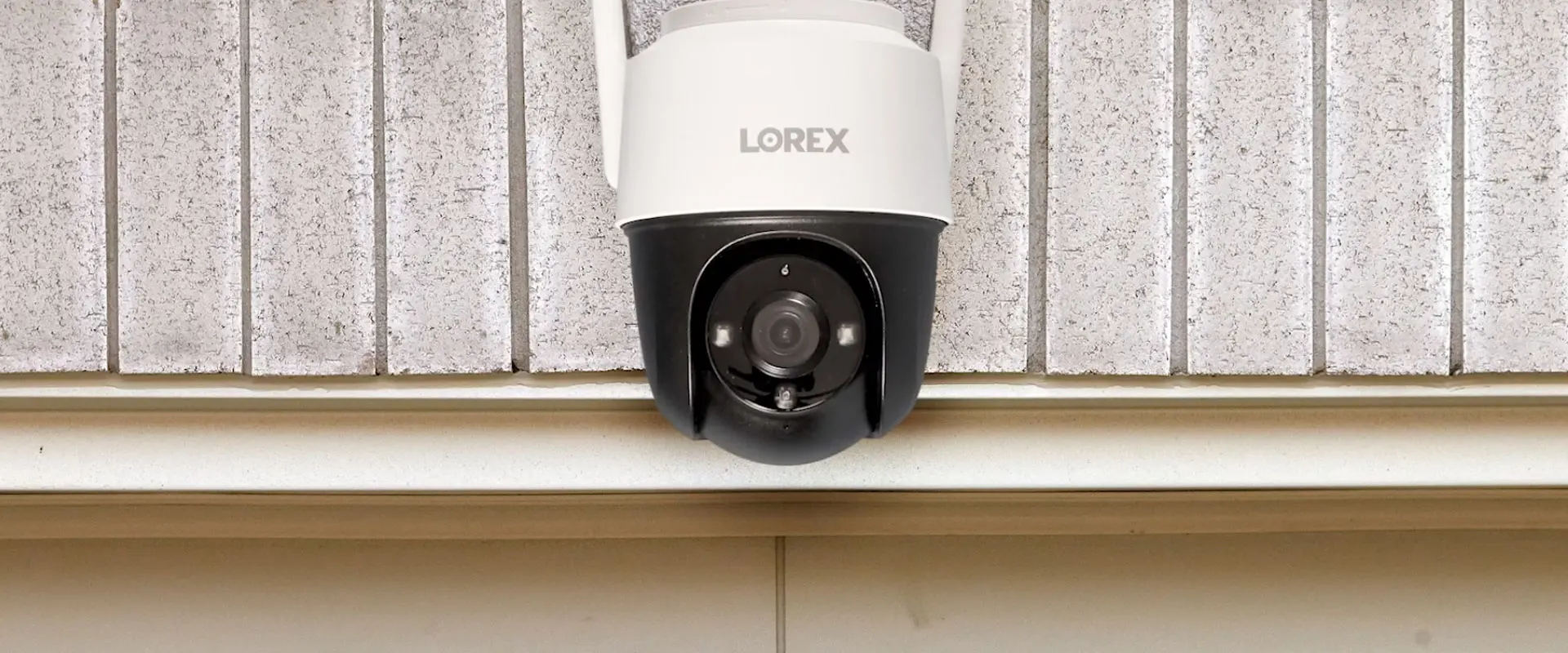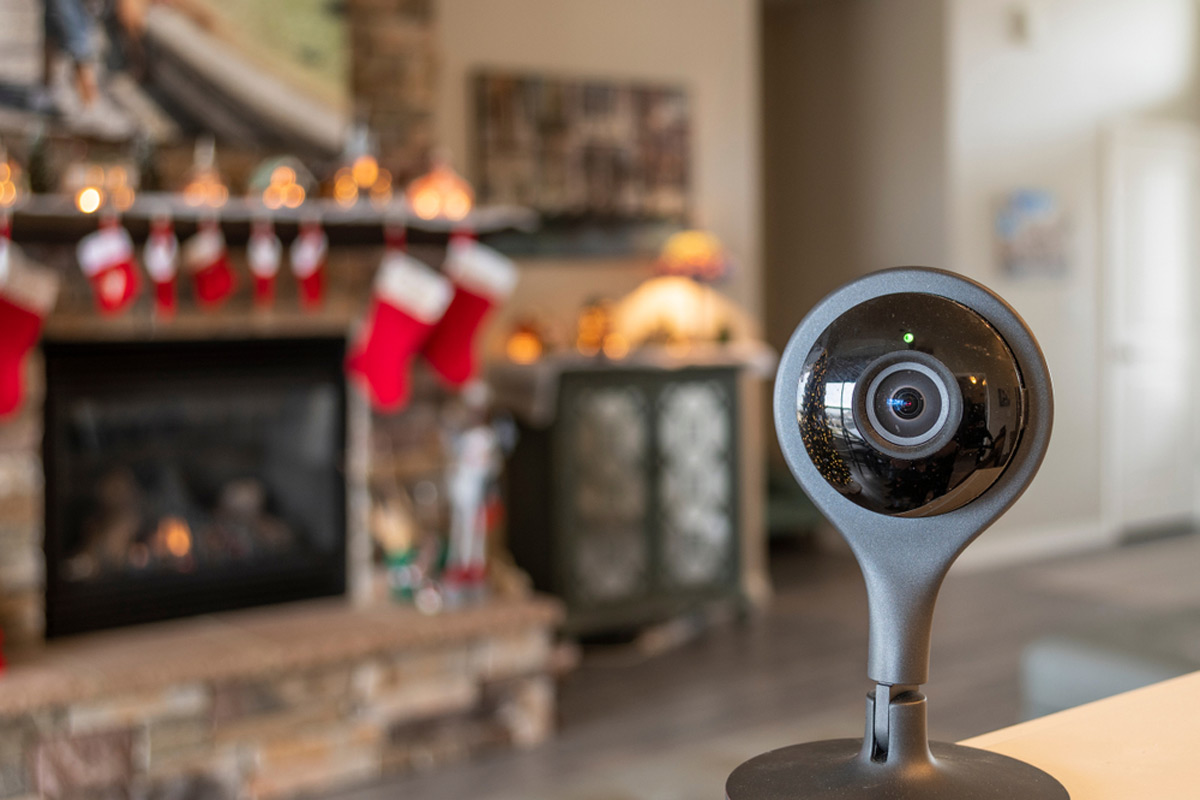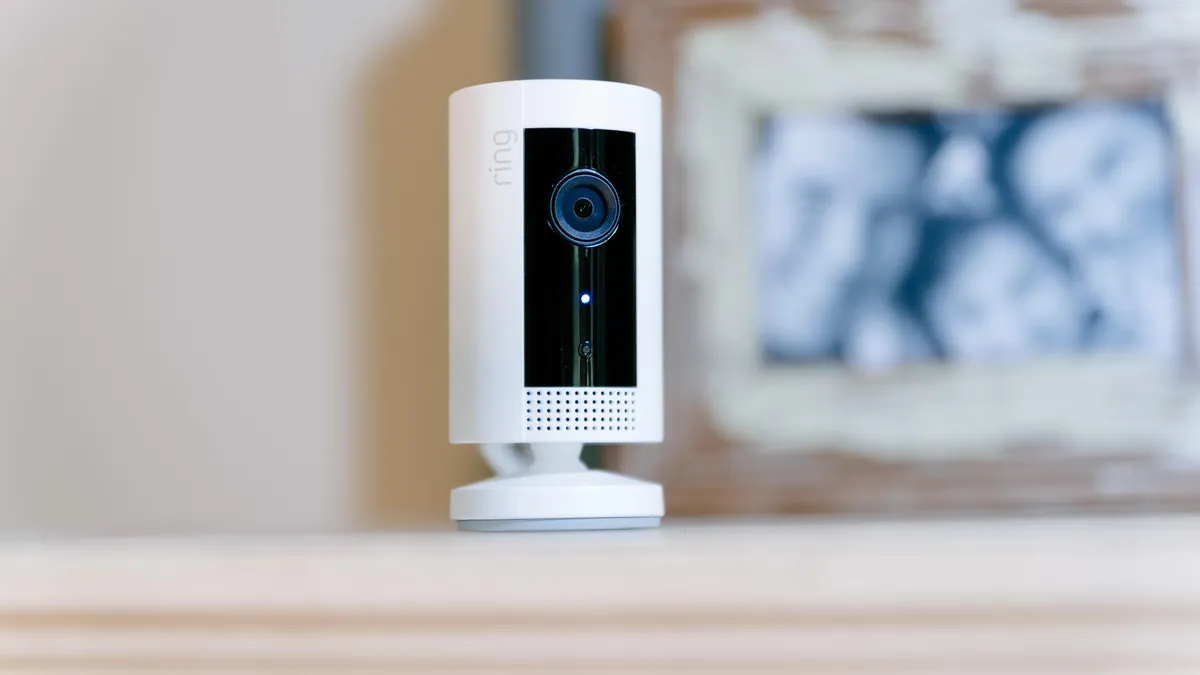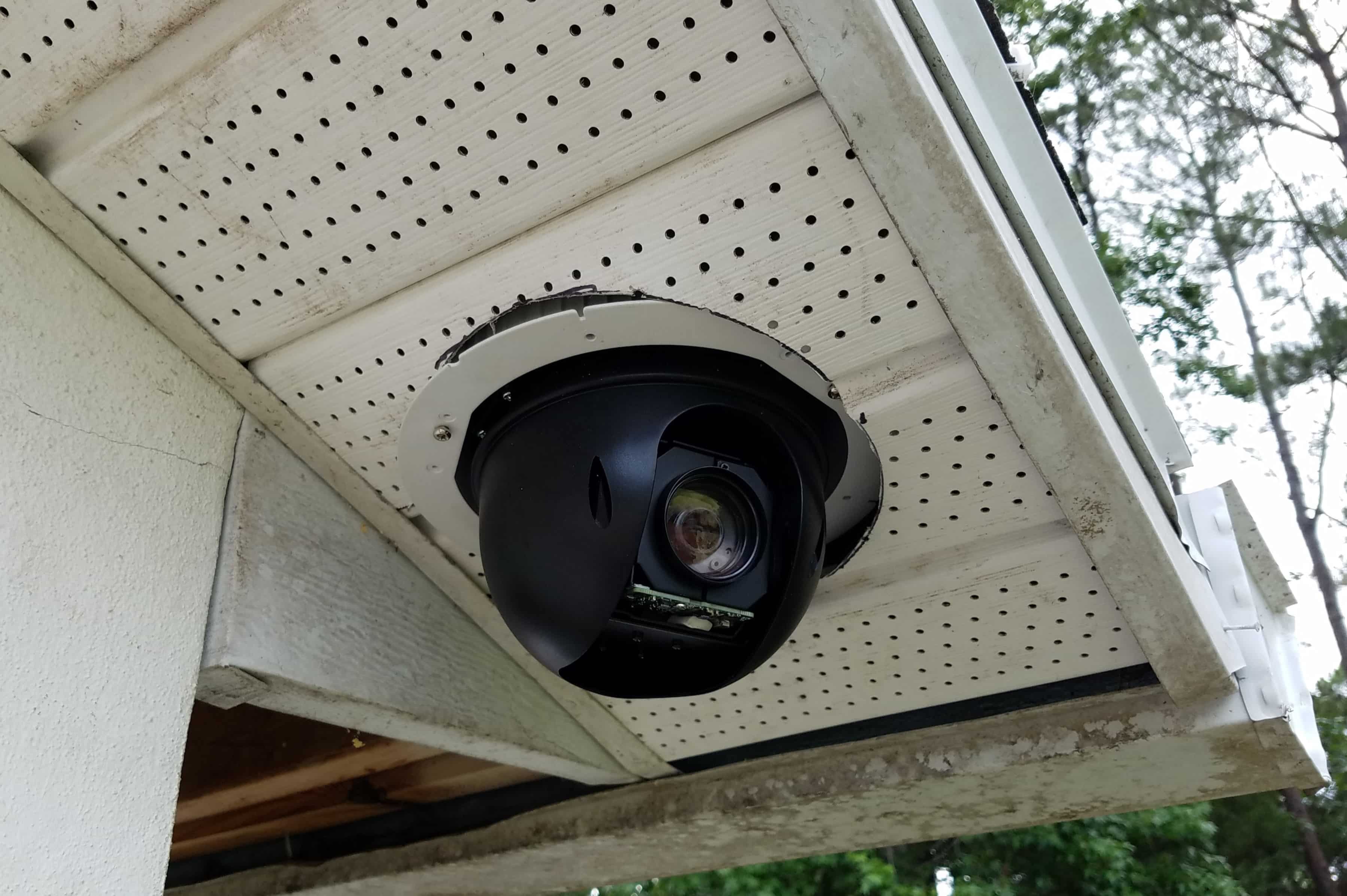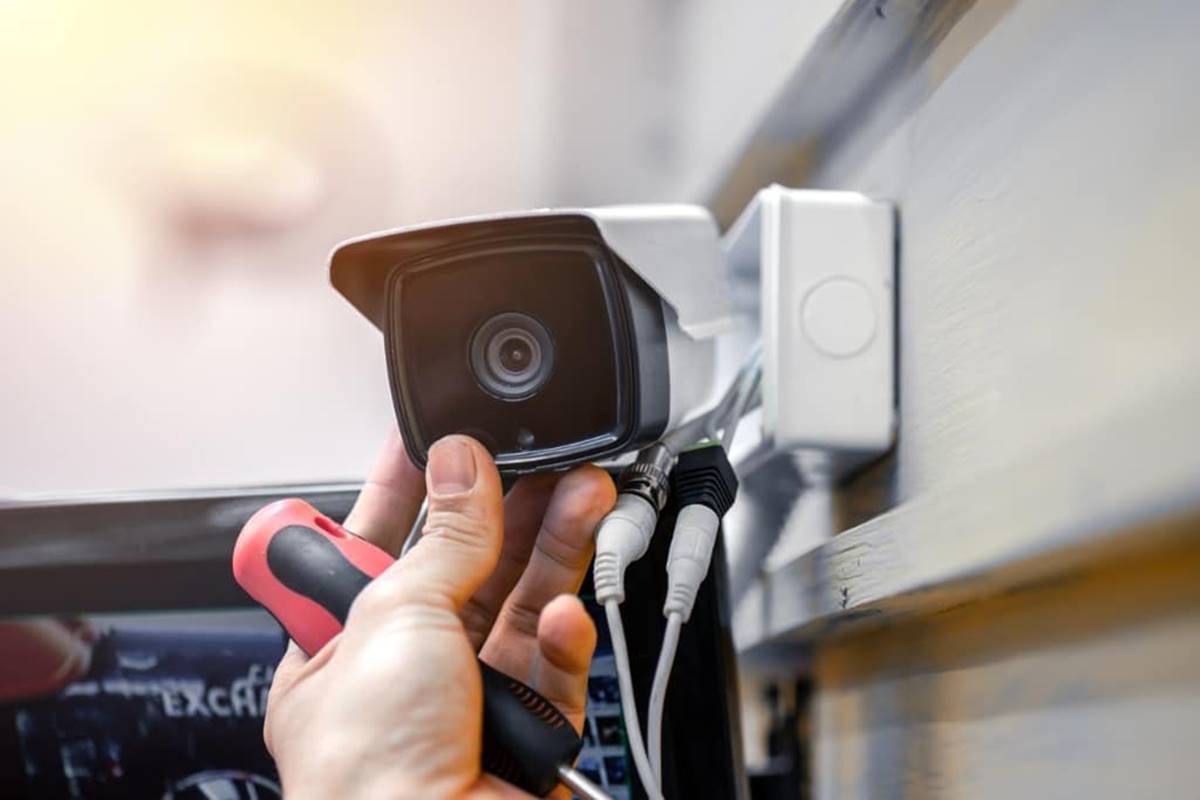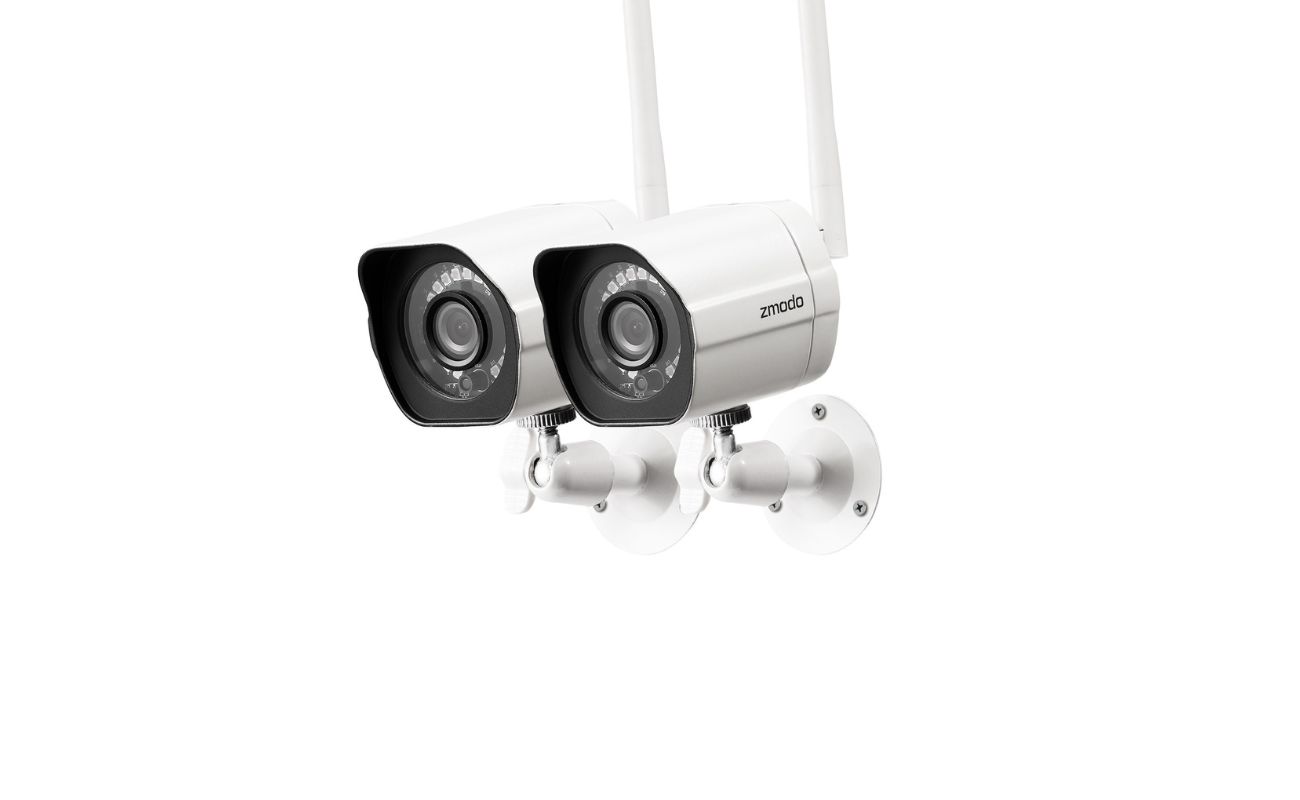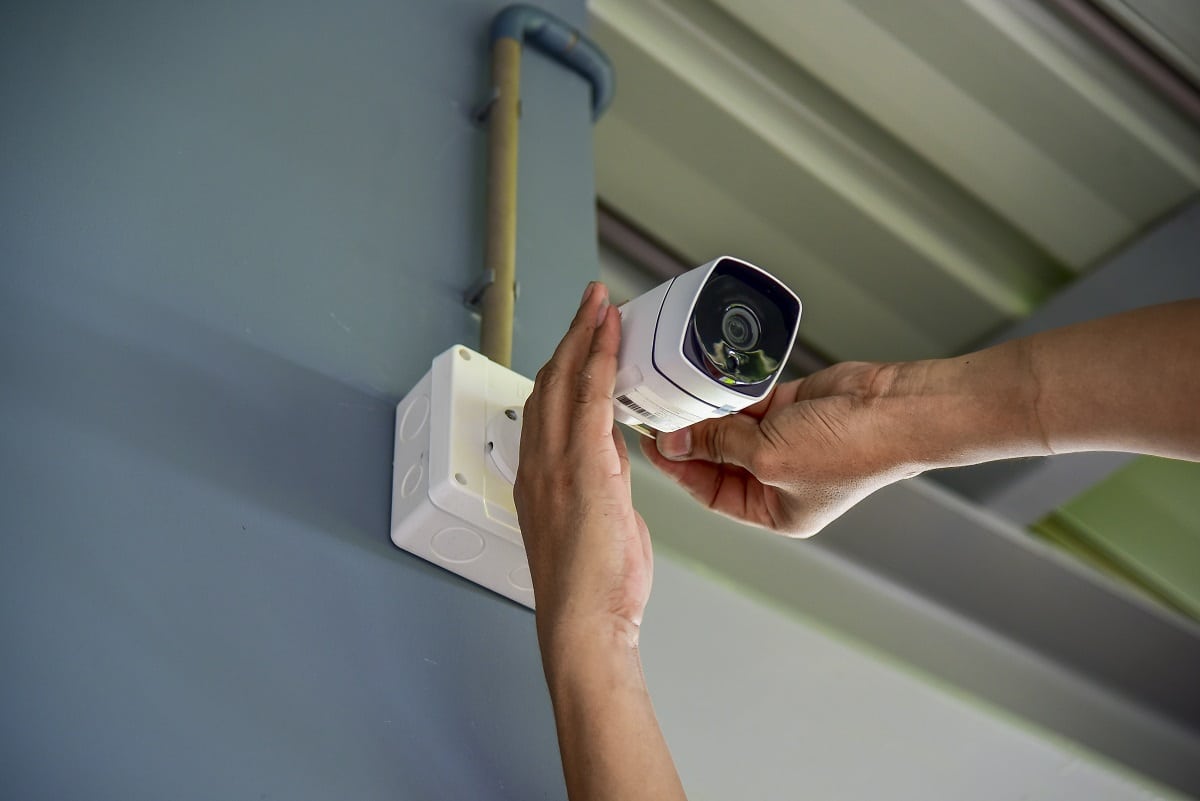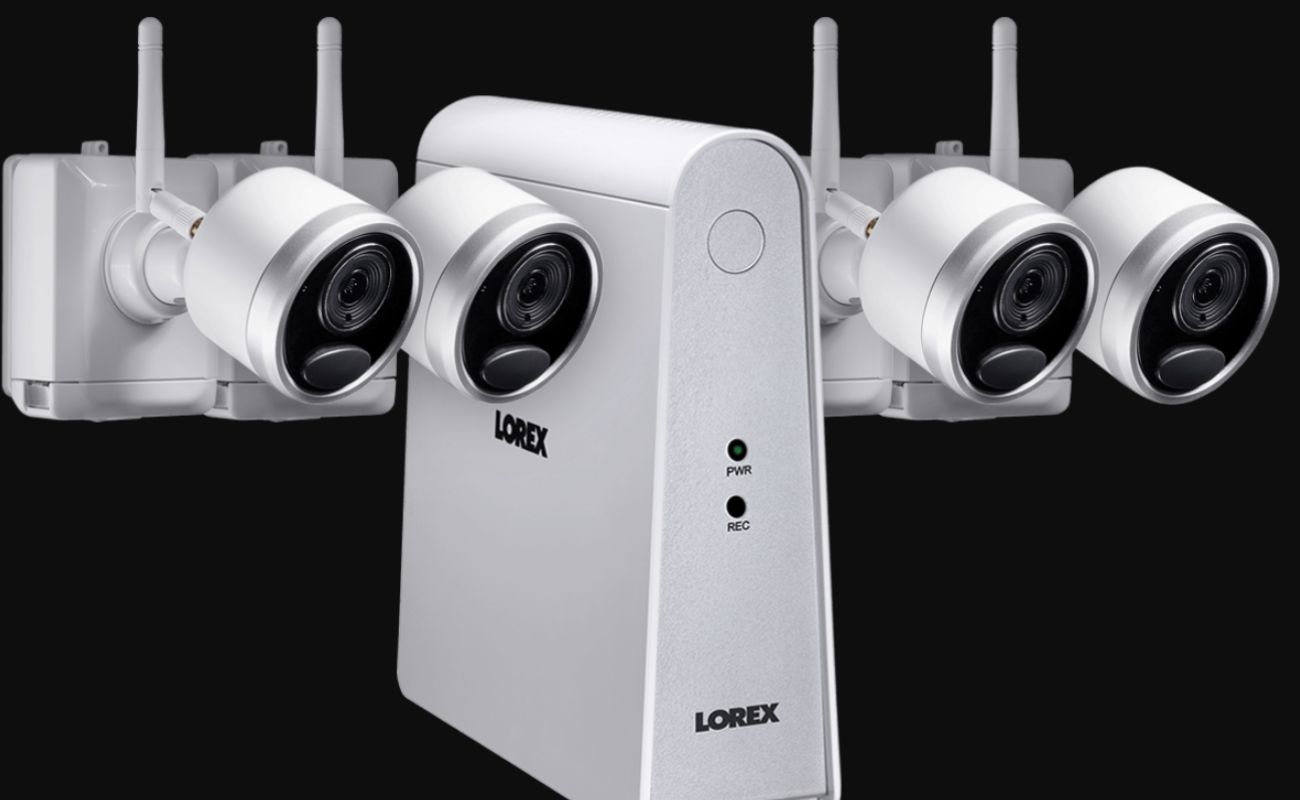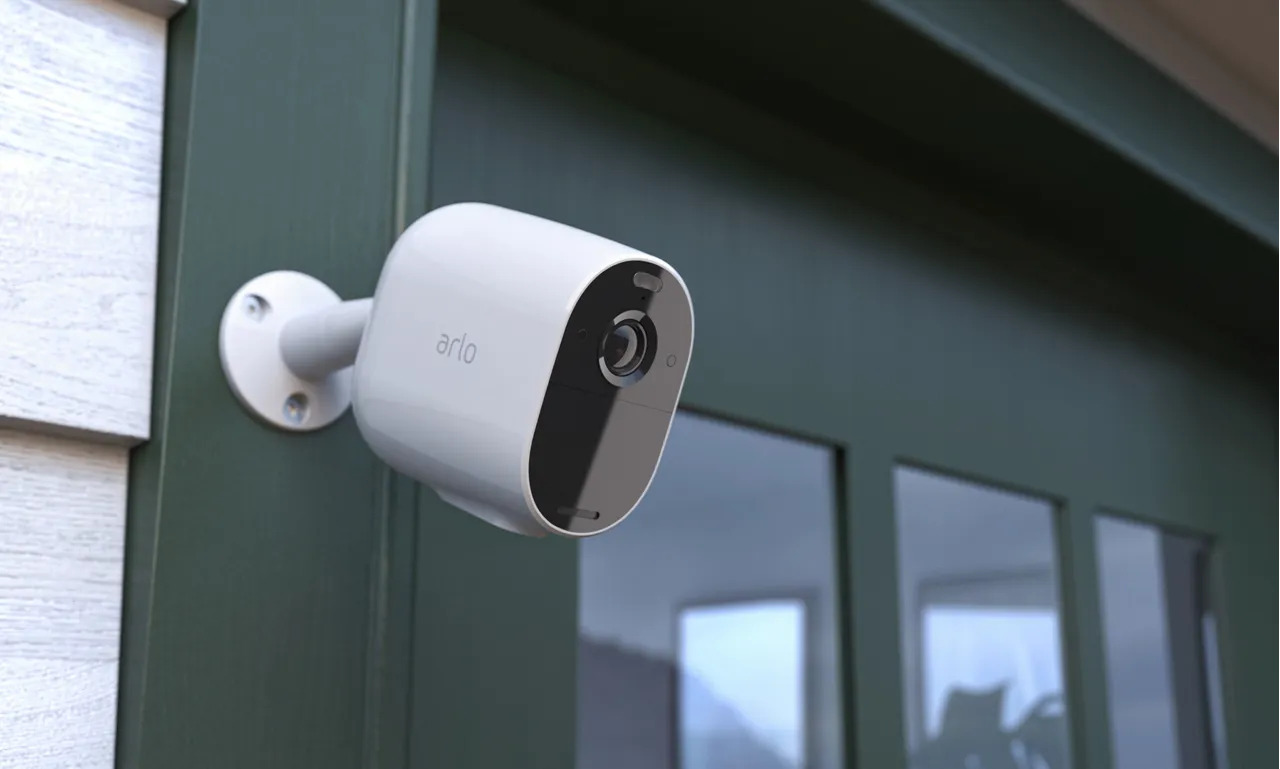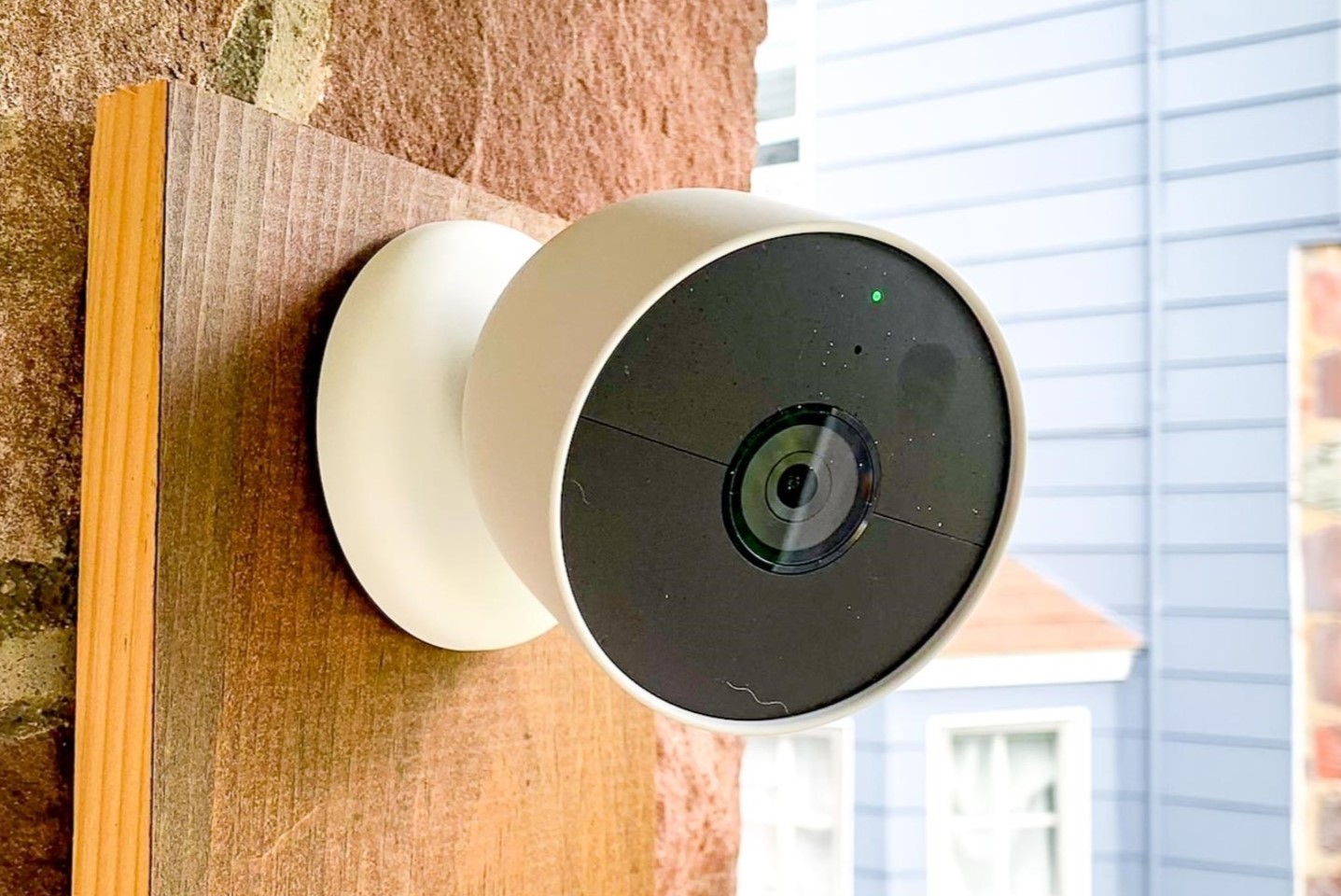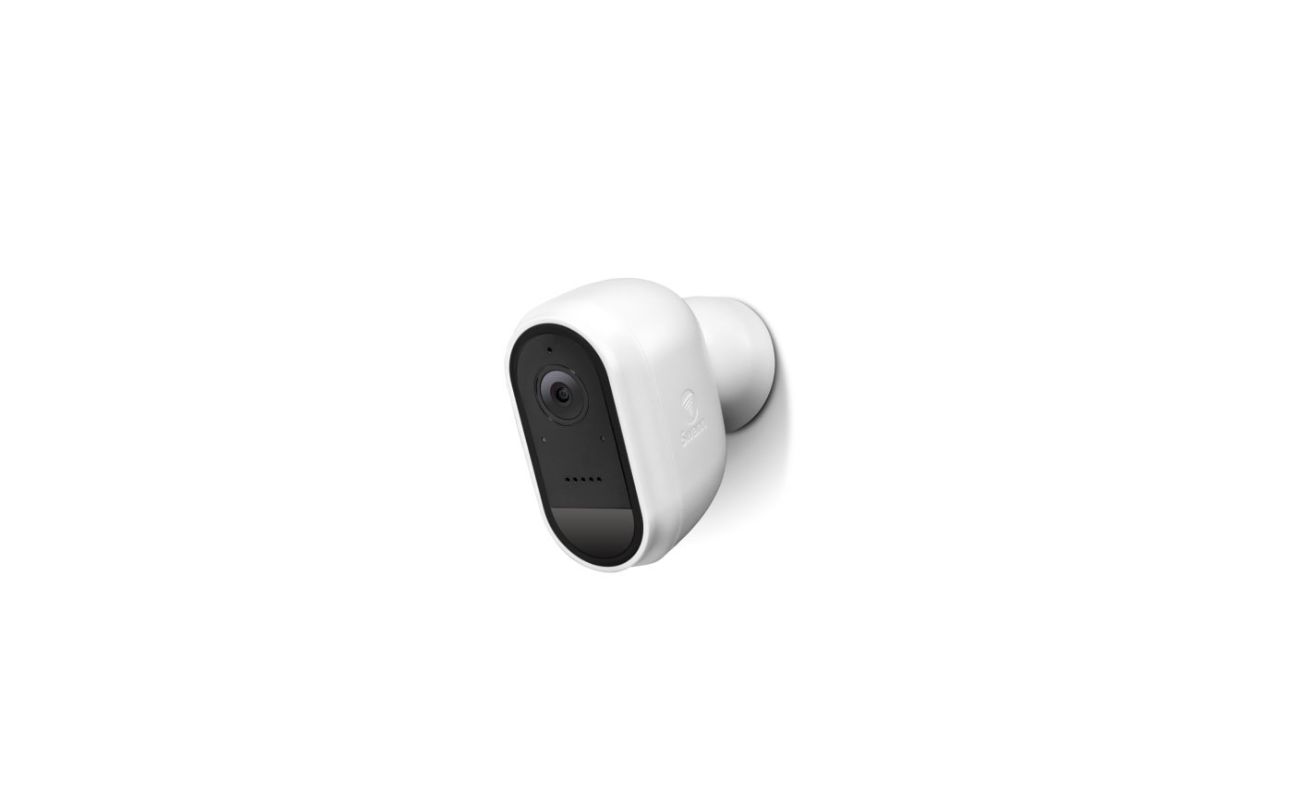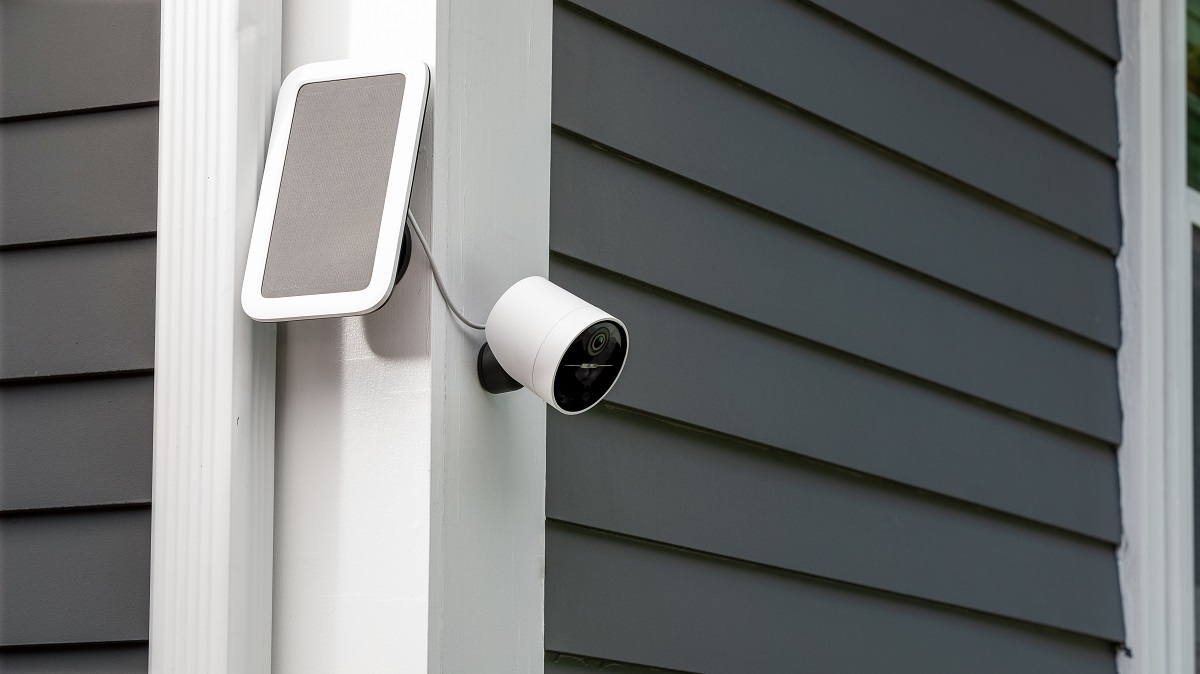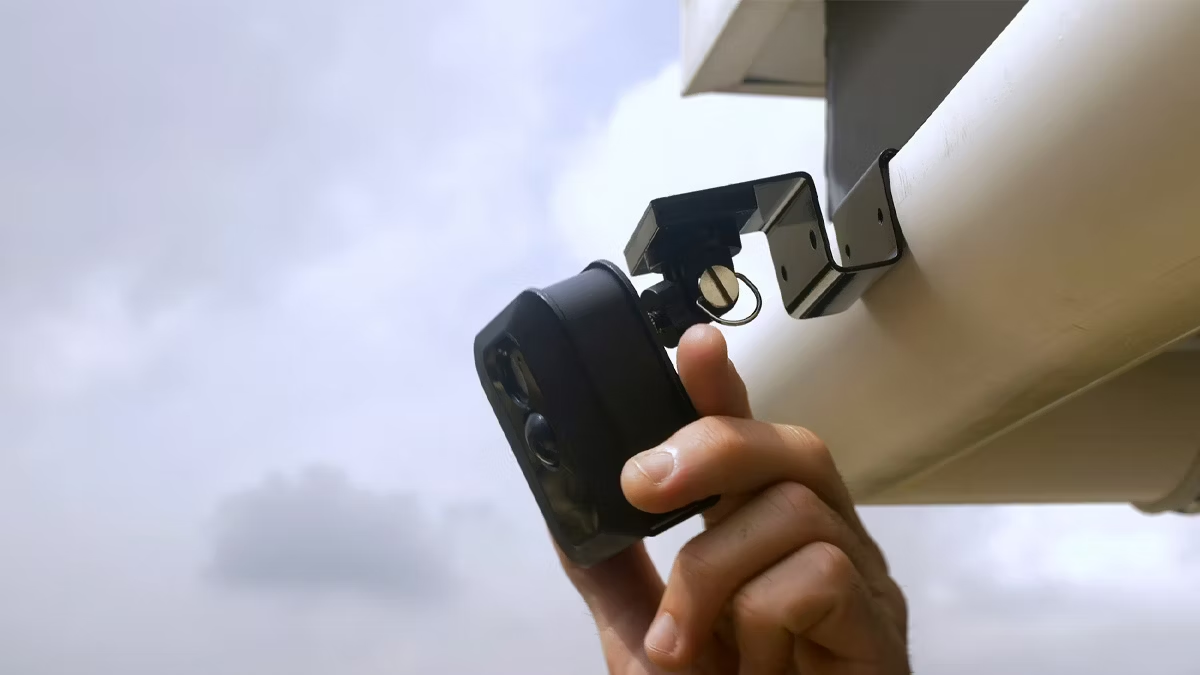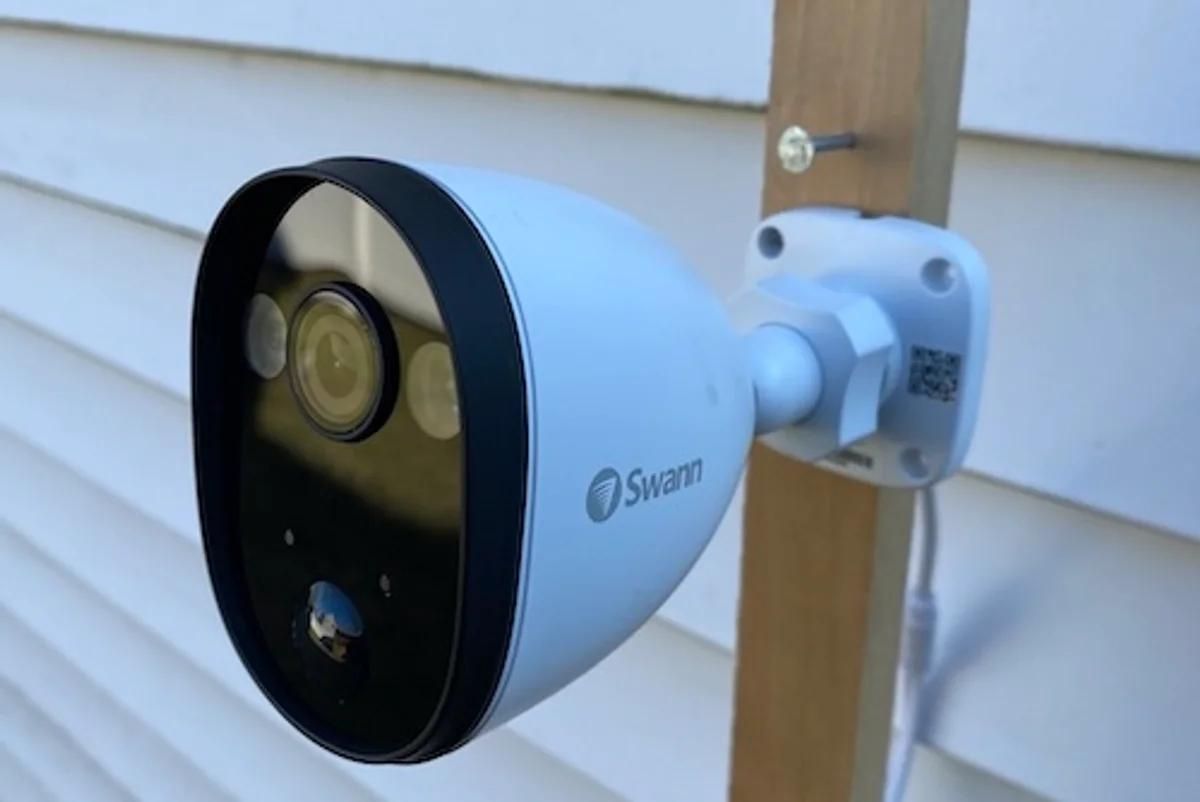Home>Home Security and Surveillance>How Much To Install A Security Camera
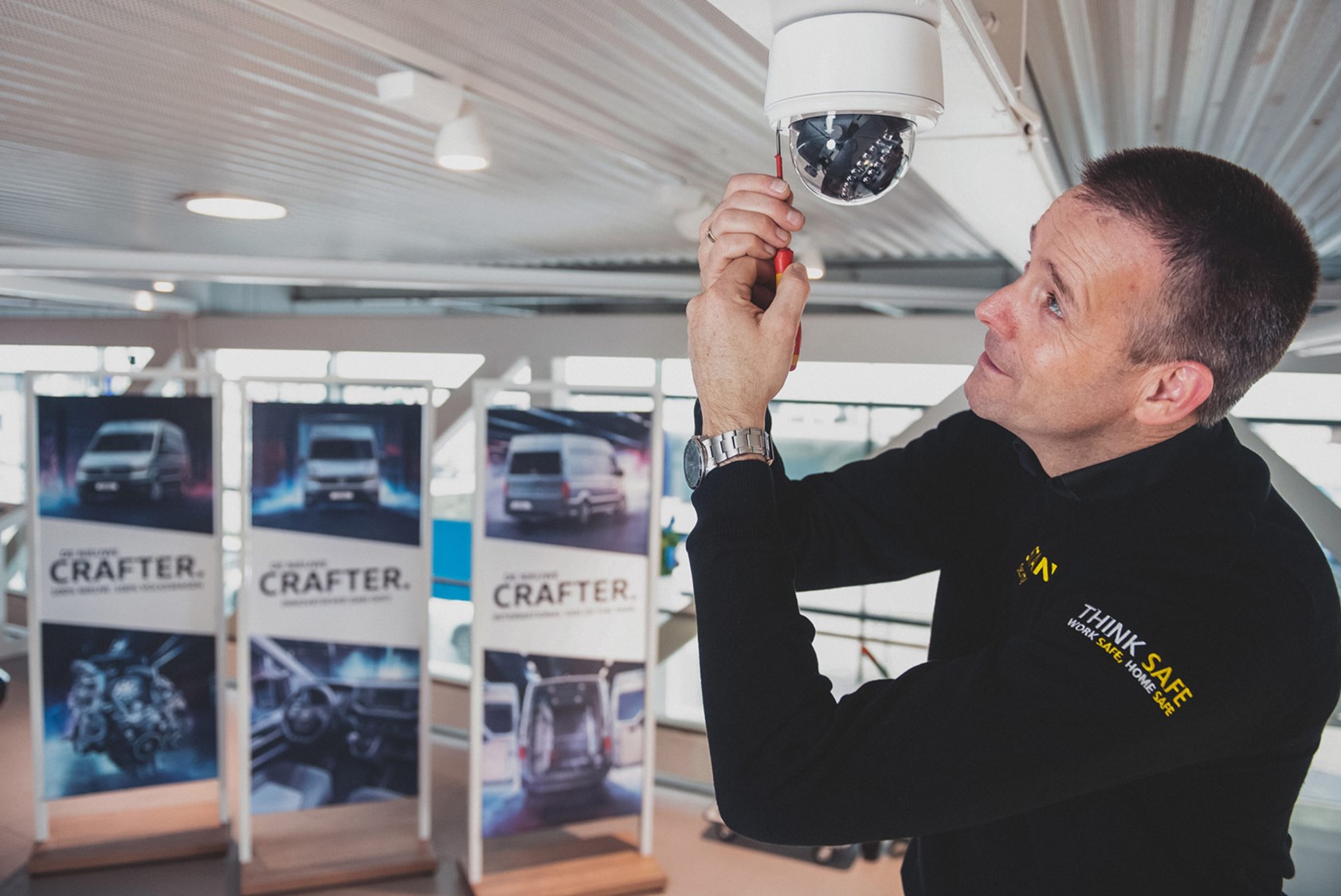

Home Security and Surveillance
How Much To Install A Security Camera
Modified: March 6, 2024
Looking to install a security camera in your home? Find out how much it costs and get expert advice on home security and surveillance from our team of specialists.
(Many of the links in this article redirect to a specific reviewed product. Your purchase of these products through affiliate links helps to generate commission for Storables.com, at no extra cost. Learn more)
Introduction
Welcome to the world of home security and surveillance! In today’s fast-paced world, protecting our homes and loved ones has become a top priority. And when it comes to home security, installing a security camera system is one of the most effective ways to keep your property safe. But before you dive into the world of security camera installations, it’s important to understand the various factors that can affect the cost of installation.
Installing a security camera system involves more than just mounting a camera on the wall. It requires careful planning, consideration of different camera types, and understanding the specific needs of your home. Additionally, the cost of installation can vary depending on whether you choose to install the system yourself or hire a professional.
In this article, we will explore the factors that can affect the cost of installing a security camera system. We will discuss the different types of security cameras available, the considerations for indoor and outdoor installations, and the pros and cons of DIY versus professional installation. By the end of this article, you’ll have a better understanding of the average cost of security camera installation and the additional costs to consider.
So, whether you’re looking to enhance the security of your home, monitor your children or pets, or keep an eye on your property while you’re away, read on to discover the ins and outs of security camera installation and start protecting what matters most to you.
Key Takeaways:
- Installing a security camera system involves various factors that affect the cost, such as the number and quality of cameras, additional features, and the choice between DIY and professional installation.
- Consider additional costs like storage devices, internet bandwidth, maintenance, and potential upgrades when budgeting for a security camera system. Prioritize reliability and performance for effective home security.
Factors Affecting Installation Costs
When it comes to installing a security camera system, several factors can affect the overall cost. Understanding these factors will help you make informed decisions and budget accordingly. Here are some key factors that can impact the installation costs:
- Number of cameras: The number of cameras you want to install is a significant factor in determining the overall cost. Each camera requires its own wiring, mounting, and configuration.
- Camera quality: The quality of the cameras you choose can vary, and higher quality cameras often come at a higher price. High-resolution cameras with advanced features, such as night vision or motion detection, will generally cost more than basic models.
- Camera type: There are various types of security cameras available, including dome cameras, bullet cameras, PTZ (pan-tilt-zoom) cameras, and more. Each type has its own set of features and installation requirements, which can impact the cost.
- Wiring and cabling: The complexity of the wiring and cabling needed for your security camera system can affect the installation cost. If your home already has pre-wired cables or if you opt for wireless cameras, the cost may be lower compared to a fully wired system.
- Location of installation: The location where you want to install the cameras can impact the cost. Indoor installations generally require less effort and materials compared to outdoor installations, which may require weatherproofing and additional mounting equipment.
- Accessibility: The ease of access to the installation area can influence the installation cost. Difficult-to-reach areas, such as high ceilings or narrow spaces, may require extra effort and manpower to complete the installation.
- Additional features: If you want to add extra features to your security camera system, such as remote viewing capabilities, cloud storage, or integration with other smart home devices, these additional features can increase the overall cost.
- Professional installation: Hiring a professional installation service can ensure that the installation is done correctly and efficiently. However, professional installation services come at an additional cost compared to DIY installation.
It’s important to note that while these factors can impact the overall installation costs, you should also consider the long-term benefits and peace of mind that a well-installed and reliable security camera system can provide for your home.
Types of Security Cameras
When it comes to choosing a security camera for your home, there are several different types available, each with its own unique features and benefits. Understanding the different types can help you make an informed decision based on your specific needs. Here are some of the most common types of security cameras:
- Dome Cameras: Dome cameras are popular for both indoor and outdoor surveillance. They get their name from their dome-shaped design, which makes it difficult for potential intruders to determine the direction the camera is pointing. Dome cameras are typically vandal-resistant and have a wide field of view, making them suitable for monitoring large areas.
- Bullet Cameras: Bullet cameras are cylindrical in shape and are commonly used for outdoor surveillance. They are highly visible and act as a deterrent to potential intruders. Bullet cameras are weather-resistant and often come with built-in infrared night vision, allowing them to capture clear footage even in low-light conditions.
- PTZ Cameras: PTZ (pan-tilt-zoom) cameras offer a high degree of flexibility and control. These cameras can be remotely controlled to pan, tilt, and zoom, allowing you to monitor specific areas of interest. PTZ cameras are commonly used for large-scale surveillance applications and can cover a wide area with just a single camera.
- Wireless Cameras: Wireless cameras are easy to install and offer greater flexibility in terms of camera placement. They eliminate the need for extensive wiring and can be connected to your home network, allowing you to access the camera feed remotely. Wireless cameras are a popular choice for DIY installations.
- Indoor Cameras: Indoor cameras are designed specifically for indoor use and are often smaller and more discreet than outdoor cameras. These cameras are commonly used for monitoring the interior of the house, such as bedrooms, living rooms, or nurseries.
- Outdoor Cameras: Outdoor cameras are built to withstand harsh weather conditions and provide surveillance for the exterior of the property. They are typically weatherproof and have features like night vision and motion detection to ensure effective outdoor surveillance.
Before choosing a security camera type, consider the specific areas you want to monitor, the desired features, and the level of visibility you want to achieve. Each type has its own advantages and limitations, so it’s important to select the one that best fits your security needs.
Indoor vs Outdoor Installation
When it comes to installing security cameras, it’s important to consider whether you need indoor or outdoor surveillance, as this can impact the installation process and costs. Here are some key differences between indoor and outdoor camera installations:
Indoor Installation:
Indoor camera installations generally tend to be simpler and more straightforward compared to outdoor installations. Here are a few considerations for indoor installations:
- Wiring: Indoor cameras often require minimal wiring, as they can be easily connected to power outlets or your home’s Wi-Fi network.
- Mounting Options: Indoor cameras can be mounted on walls, ceilings, or shelves, depending on your preferences and the area you want to monitor.
- Privacy Concerns: Since indoor cameras are meant to monitor the interior of your home, it’s essential to consider privacy concerns and ensure that cameras are not installed in areas where they may intrude on someone’s privacy, such as bedrooms or bathrooms.
- Power Source: Indoor cameras can be powered using electrical outlets or batteries, making them more versatile in terms of installation options.
Outdoor Installation:
Outdoor camera installations require additional considerations due to exposure to weather conditions and the need for more robust systems. Here’s what you should consider for outdoor installations:
- Weatherproofing: Outdoor cameras need to be weather-resistant and able to withstand extreme temperatures, moisture, dust, and other outdoor elements.
- Wiring and Power: Installing outdoor cameras may require extensive wiring and the use of weatherproof cables to connect the cameras to power sources and your surveillance system.
- Mounting Considerations: Outdoor cameras need to be mounted securely and at optimal angles to capture the desired area effectively.
- Night Vision and Motion Detection: Outdoor cameras should have features like night vision and motion detection to ensure reliable surveillance around the clock.
It’s worth noting that some cameras are designed for both indoor and outdoor use, offering flexibility and convenience. However, keep in mind that outdoor installations typically require more planning, labor, and equipment compared to indoor installations.
Ultimately, whether you choose indoor or outdoor installations will depend on your specific surveillance needs and the areas you want to monitor. Understanding these differences will help you plan your installation more effectively and ensure proper coverage for your home security needs.
When considering the cost of installing a security camera, it’s important to factor in not just the price of the camera itself, but also the cost of professional installation, additional equipment such as cables and power sources, and any ongoing maintenance or monitoring fees. It’s also a good idea to get quotes from multiple providers to ensure you’re getting the best deal.
DIY vs Professional Installation
When it comes to installing a security camera system, one of the key decisions you’ll need to make is whether to go for a DIY installation or hire a professional. Both options have their pros and cons, so it’s important to consider them before making a decision:
DIY Installation:
DIY installation refers to setting up the security camera system on your own without professional assistance. Here are some factors to consider when deciding on a DIY installation:
- Cost: DIY installation can often be more cost-effective since you won’t have to pay for professional installation services. However, keep in mind that you may still need to purchase tools, cables, and other equipment.
- Flexibility: DIY installations offer more flexibility in terms of the installation timeline. You can work at your own pace and easily make adjustments if needed.
- Learning Curve: DIY installations may require you to invest time in learning how to properly install and configure the security camera system. This can include learning about the wiring, camera settings, and network configuration.
- Technical Skills: DIY installations require some technical knowledge and skills. If you’re comfortable handling tools, running cables, and troubleshooting basic network issues, DIY installation may be a suitable option.
- Support Availability: With a DIY installation, you’ll generally rely on self-support through product manuals, online resources, and customer support hotlines. It’s important to ensure that adequate support is available in case you encounter any difficulties during the installation process.
Professional Installation:
Hiring a professional installation service means having experienced technicians handle the entire installation process for you. Here are some factors to consider when opting for professional installation:
- Expertise and Experience: Professional installers have the expertise and experience to properly install and configure security camera systems. They understand the best practices for mounting cameras, running cables, and optimizing camera placement.
- Time-Saving: Professional installation saves you time and effort. The installers will take care of the entire process, from planning and equipment setup to system testing and calibration.
- Warranty and Guarantees: Hiring professionals often comes with warranty coverage and guarantees for their workmanship. This can provide peace of mind, knowing that you have recourse if any issues arise with the installation.
- Complex Installations: If you have a large property, require multiple cameras, or have specific installation challenges, professional installers can handle the complexities involved and ensure optimal coverage and performance.
- Support and Maintenance: Professional installers can provide ongoing support and maintenance services for your security camera system. They can help with system updates, troubleshooting, and ensuring the system continues to function effectively.
When deciding between DIY and professional installation, consider your personal skills, budget, and the complexity of the installation. If you have the technical know-how and the time to dedicatedly handle the installation, DIY may be a viable option. However, if you prefer a hassle-free, expertly executed installation with comprehensive support, professional installation is likely the better choice.
Regardless of the route you choose, ensuring proper installation is crucial to maximizing the effectiveness of your security camera system and providing peace of mind for your home’s protection.
Read more: Who Installs Security Cameras
Average Cost of Security Camera Installation
The cost of security camera installation can vary depending on several factors, including the number of cameras, camera quality, additional features, and the installation method. While it’s challenging to provide an exact cost without specific details, here’s a general overview of the average costs involved:
Camera Costs:
The cost of security cameras can range from around $50 for basic models to several hundred dollars for higher-end cameras with advanced features. Keep in mind that the price can vary based on factors such as resolution, night vision capabilities, and brand reputation.
Labor Costs:
If you choose to hire a professional installation service, they will typically charge for labor. Labor costs can vary depending on the complexity of the installation, the number of cameras, and the location of the property. On average, professional labor costs may range from $100 to $300 per camera, but it’s best to consult with installers for a more accurate estimate.
Additional Equipment:
Depending on your specific needs, you may require additional equipment such as mounts, cables, connectors, and DVRs (Digital Video Recorders). These costs can vary but should be factored into your budget. On average, additional equipment costs can range from $50 to $200 per camera.
Power Supply and Wiring:
If your security camera system requires additional power supplies or wiring, these costs should be considered. Wiring costs depend on the length and complexity of the wiring required to connect the cameras to the power source. Power supply costs can range from $50 to $200, while wiring costs can vary but typically range from $150 to $500 for an entire system.
Storage and Monitoring Costs:
If you opt for cloud-based storage or professional monitoring services, there may be additional monthly or annual fees. Cloud storage fees can range from $10 to $30 per camera per month, while monitoring services can vary depending on the provider and level of service required.
It’s important to note that these estimates are just average costs, and the actual expenses can vary based on your specific requirements, the complexity of the installation, and the region you are in. It’s always recommended to obtain multiple quotes from reputable security camera installation companies to get a more accurate understanding of the costs involved.
Lastly, remember that investing in a high-quality security camera system is a long-term investment in the safety and security of your home. It’s worth prioritizing reliability and performance over solely focusing on cost to ensure that your surveillance needs are effectively met.
Additional Costs to Consider
In addition to the primary costs of security camera installation, there are a few other factors that you should consider when budgeting for your home surveillance system. These additional costs can contribute to the overall expenses and should not be overlooked. Here are some additional costs to keep in mind:
Storage Devices:
If you prefer local storage rather than cloud-based storage for your camera footage, you may need to invest in additional storage devices such as a Network Video Recorder (NVR) or a Digital Video Recorder (DVR). The cost of these devices can vary depending on the storage capacity and features you require. On average, expect to spend anywhere from $100 to $500 for a reliable storage device.
Internet Bandwidth:
Streaming high-resolution camera footage and accessing your cameras remotely can consume substantial internet bandwidth. If you have a limited data plan or if your internet service provider charges for exceeding specific data limits, you may need to consider upgrading your internet plan or paying for additional bandwidth. These costs can vary depending on your internet service provider and the specific plan you choose.
Maintenance and Support:
While security camera systems are designed to be low-maintenance, regular maintenance and occasional repairs may be needed. You may need to factor in the costs of routine inspections, firmware updates, and occasional repairs or replacements of faulty cameras or components. Additionally, consider any ongoing support fees if you choose to have a professional monitoring service for your surveillance system.
Upgrades and Expansion:
Over time, you may want to upgrade your security camera system or expand its coverage. This can involve purchasing additional cameras, upgrading existing cameras, or investing in new features or technologies. It’s important to budget for future upgrades and expansions if you anticipate these needs in the long run.
Permits and Regulations:
Depending on your local regulations and the specific installation requirements, you may need to obtain permits or comply with certain regulations when installing security cameras. It’s important to research and understand any potential permit costs or legal requirements imposed by your local authorities before proceeding with the installation.
By considering these additional costs and factoring them into your budget, you can ensure that you have a comprehensive understanding of the total expenses involved in installing and maintaining your security camera system. Properly planning for these additional costs will help you avoid any unexpected financial surprises and allow you to make informed decisions throughout the installation process.
Conclusion
Installing a security camera system is a smart investment in the safety and security of your home. By understanding the factors that can affect the cost of installation, the different types of security cameras available, and the considerations for indoor vs outdoor installation, you can make informed decisions that align with your needs and budget.
When it comes to installation, you have the choice between DIY and professional installation. While DIY installation offers flexibility and cost savings, professional installation ensures expertise, efficiency, and ongoing support. Consider your technical skills, time availability, and the complexity of your installation requirements before making a decision.
When estimating the cost of installation, consider factors such as the number and quality of cameras, additional equipment like mounts and cables, power supply and wiring needs, and potential storage and monitoring costs.
It’s also essential to factor in additional costs, such as storage devices, internet bandwidth, maintenance and support, and potential future upgrades or expansions. Understanding the full scope of expenses involved will help you plan your budget effectively and avoid any surprises down the line.
Remember, the cost of installation is an investment in the security and peace of mind for yourself and your loved ones. Prioritize the reliability and performance of your security camera system to ensure it effectively meets your surveillance needs.
Whether you choose to install a security camera system yourself or hire professionals, remember that the ultimate goal is to enhance the safety of your home and create a secure environment for you and your family. By taking into account the different factors affecting installation costs, selecting the right type of security cameras, and considering professional support when needed, you can achieve a comprehensive and effective home security and surveillance setup.
Now that you are equipped with the knowledge and understanding, go ahead and take the necessary steps to install your security camera system and protect what matters most to you!
Frequently Asked Questions about How Much To Install A Security Camera
Was this page helpful?
At Storables.com, we guarantee accurate and reliable information. Our content, validated by Expert Board Contributors, is crafted following stringent Editorial Policies. We're committed to providing you with well-researched, expert-backed insights for all your informational needs.
